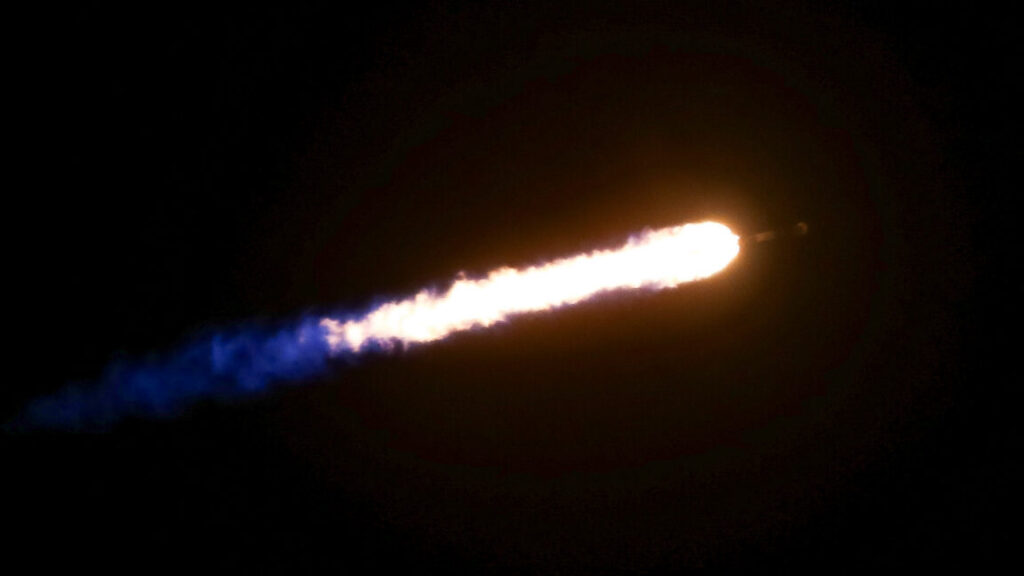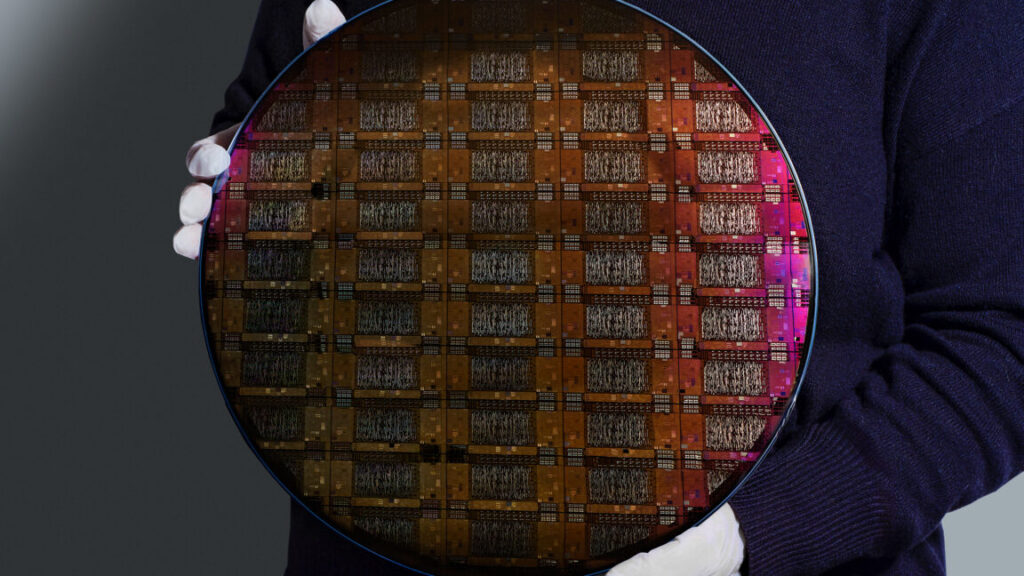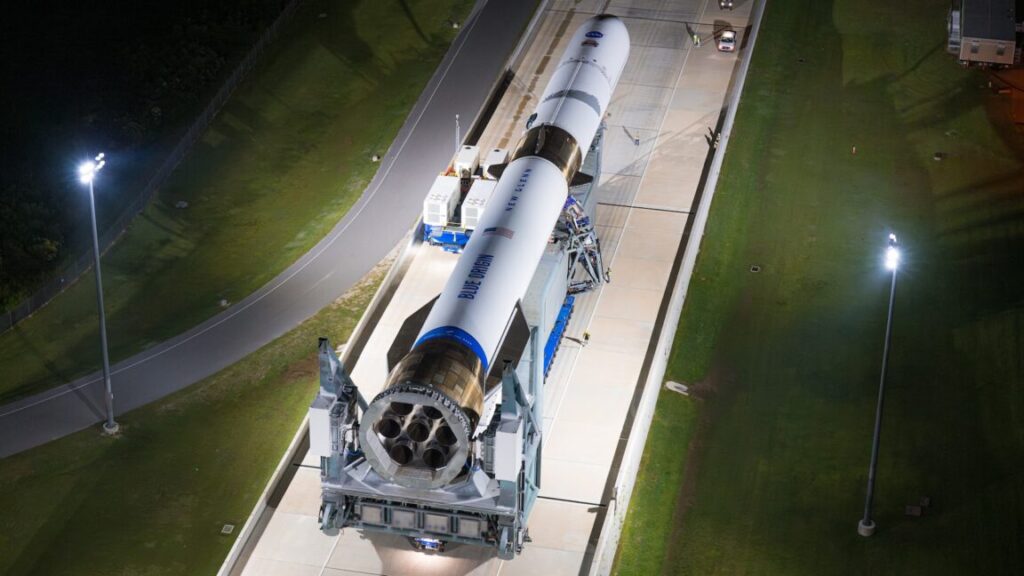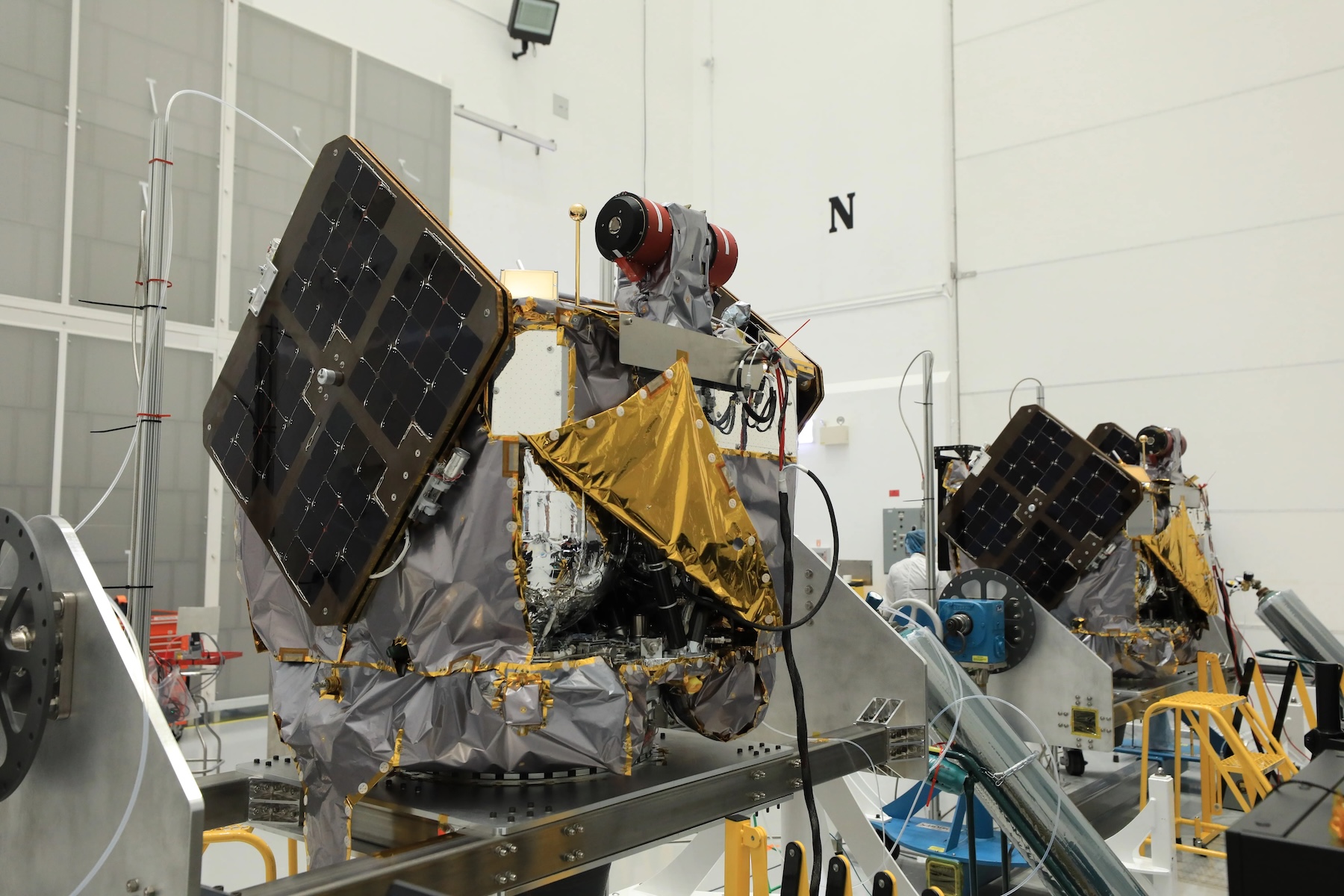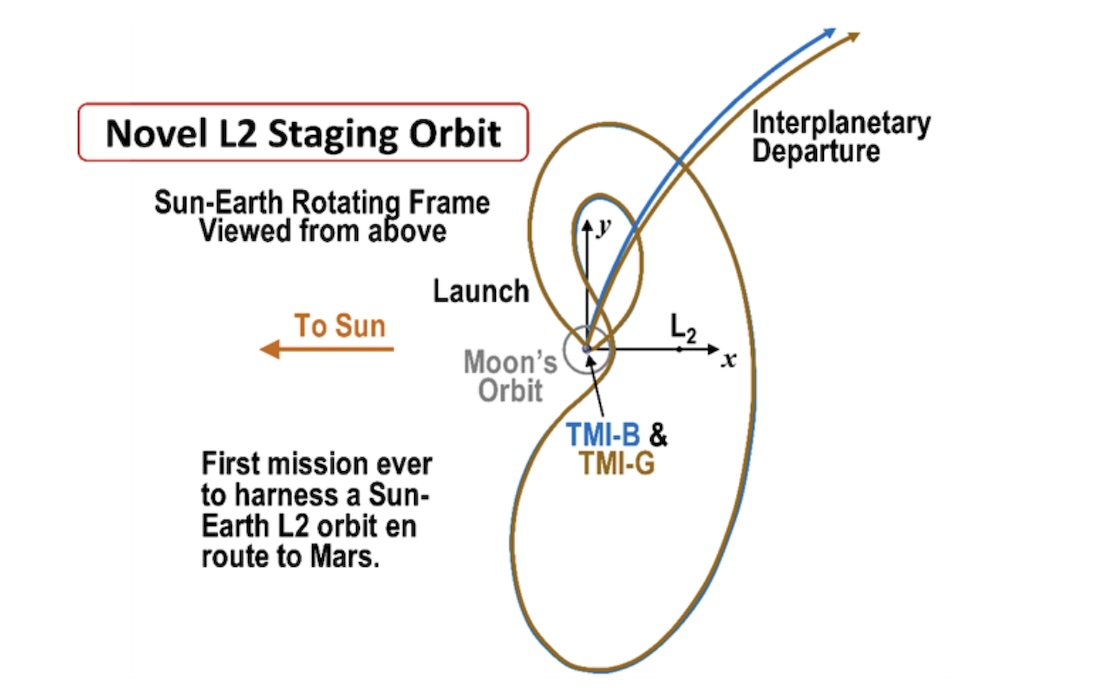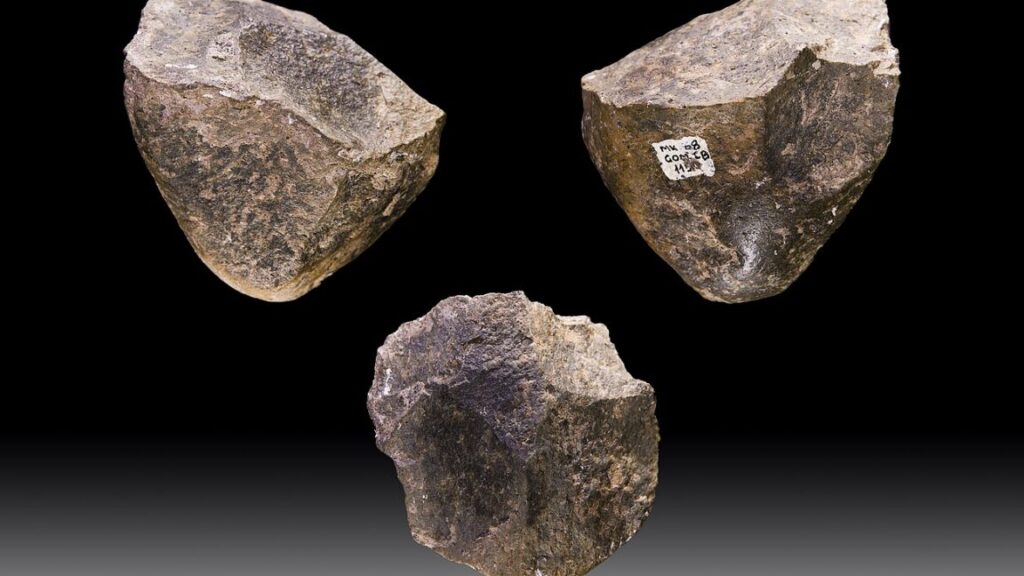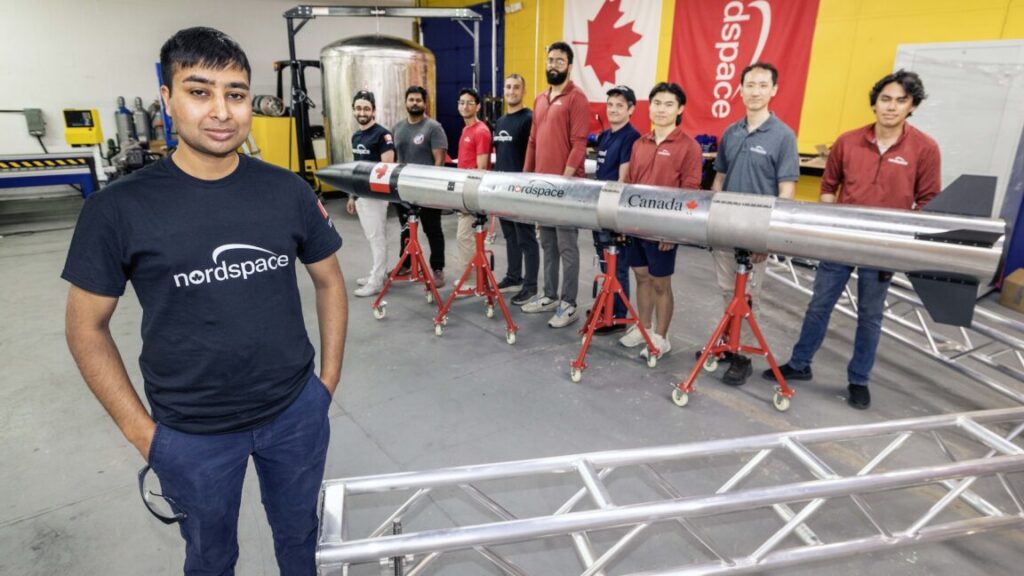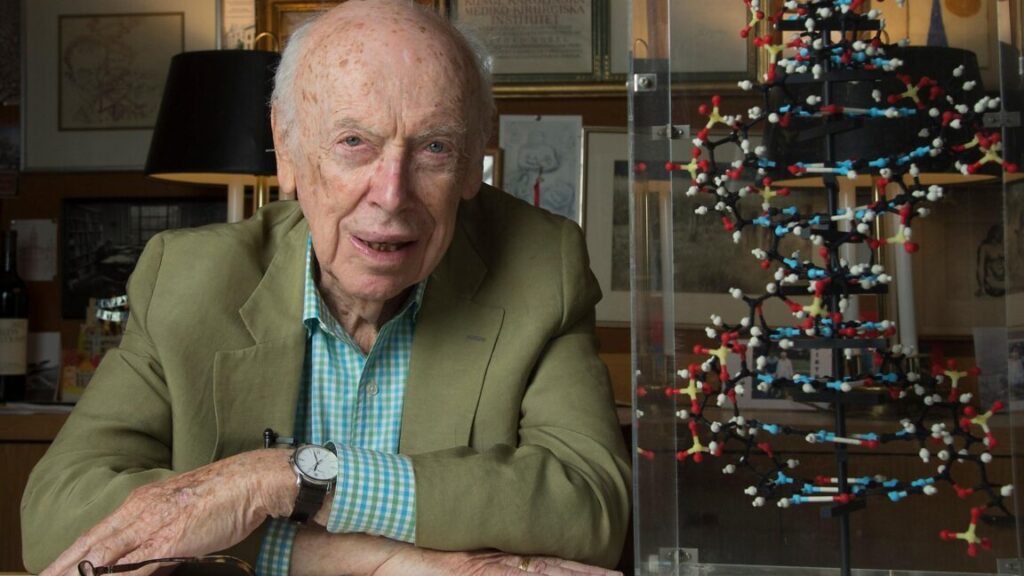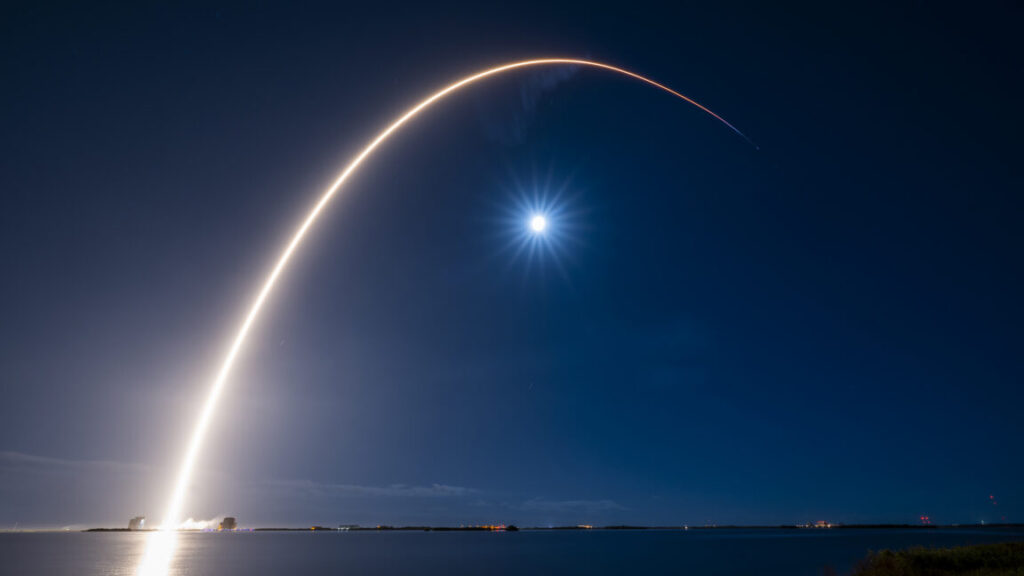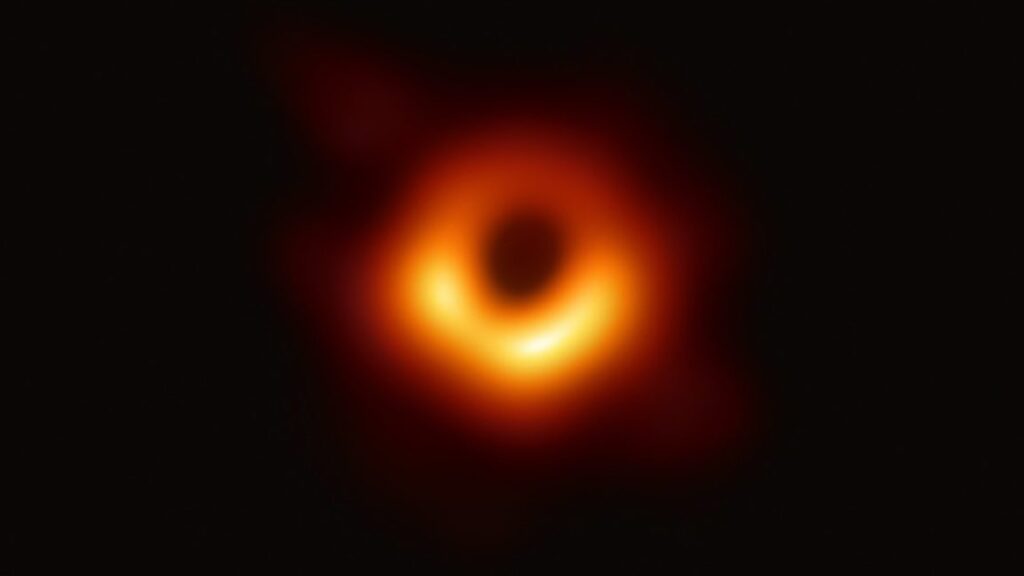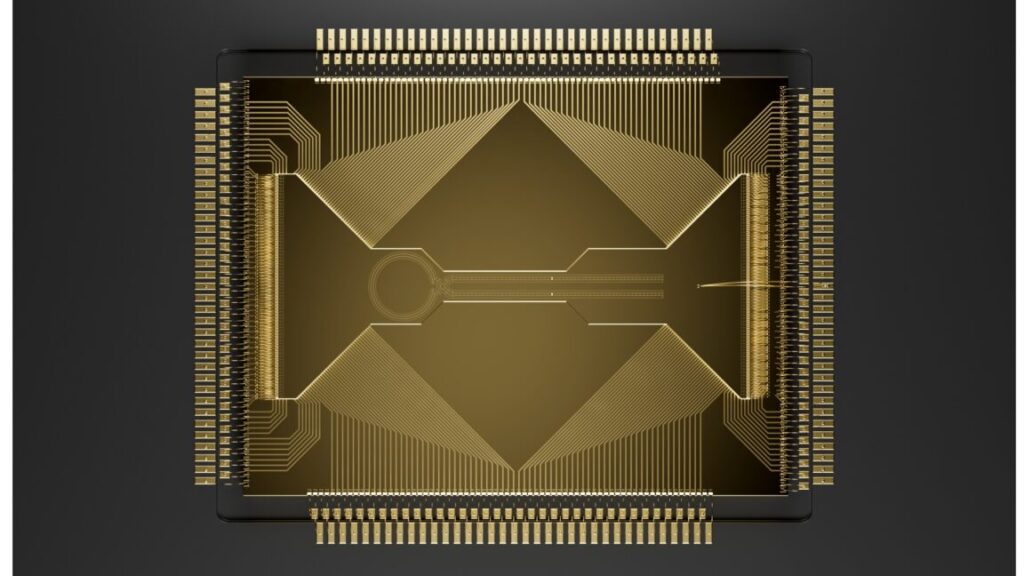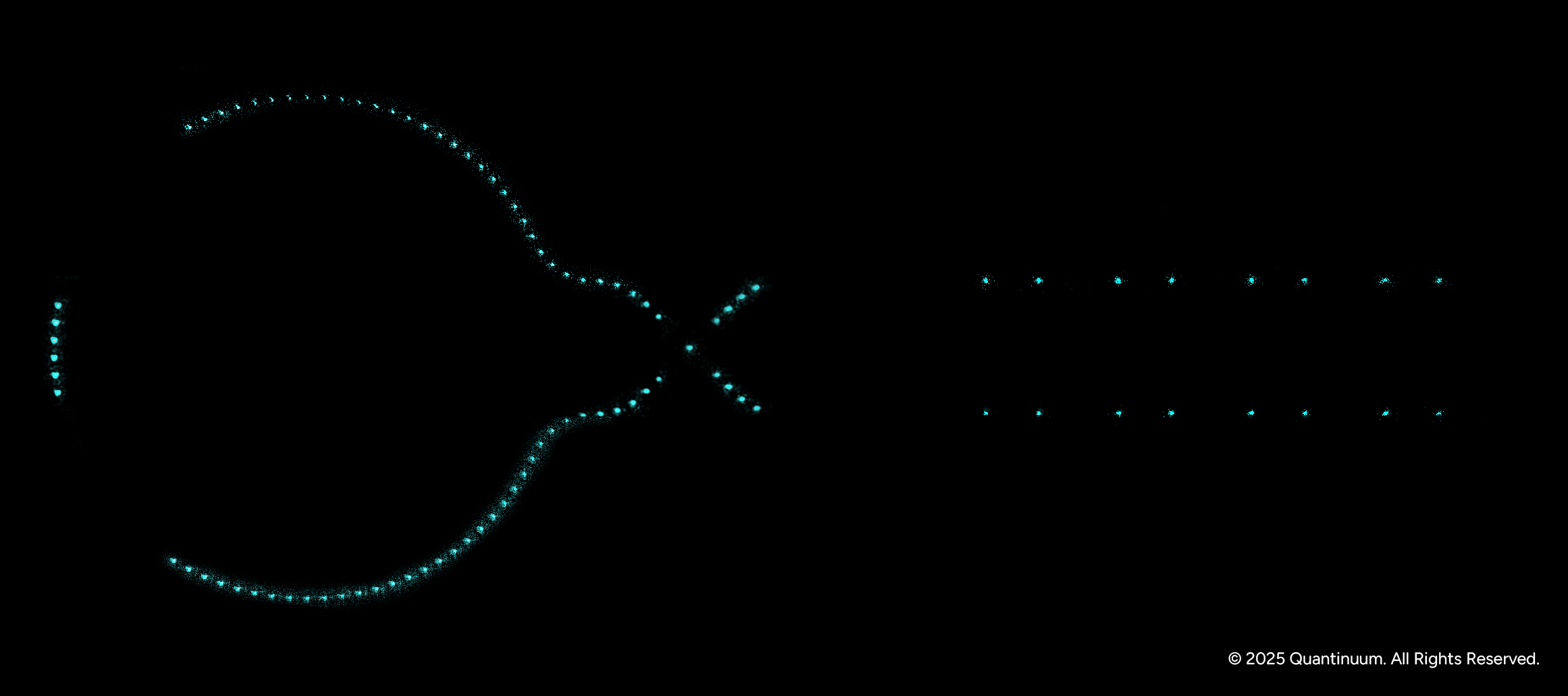Tracking the winds that have turned Mars into a planet of dust
Where does all this dust come from? It’s thought to be the result of erosion caused by the winds. Because the Martian atmosphere is so thin, dust particles can be difficult to move, but larger particles can become more easily airborne if winds are turbulent enough, later taking smaller dust motes with them. Perseverance and previous Mars rovers have mostly witnessed wind vortices that were associated with either dust devils or convection, during which warm air rises.
CaSSIS and HRSC data showed that most dust devils occur in the northern hemisphere of Mars, mainly in the Amazonis and Elysium Planitiae, with Amazonis Planitia being a hotspot. They can be kicked up by winds on both rough and smooth terrain, but they tend to spread farther in the southern hemisphere, with some traveling across nearly that entire half of the planet. Seasonal occurrence of dust devils is highest during the southern summer, while they are almost nonexistent during the late northern fall.
Martian dust devils tend to peak between mid-morning and midafternoon, though they can occur from early morning through late afternoon. They also migrate toward the Martian north pole in the northern summer and toward the south pole during the southern summer. Southern dust devils tend to move faster than those in the northern hemisphere. Movement determined by winds can be as fast as 44 meters per second (about 98 mph), which is much faster than dust devils move on Earth.
Weathering the storm
Dust devils have also been found to accelerate extremely rapidly on the red planet. These fierce storms are associated with winds that travel along with them but do not form a vortex, known as nonvortical winds. It only takes a few seconds for these winds to accelerate to velocities high enough that they’re able to lift dust particles from the ground and transfer them to the atmosphere. It is not only dust devils that do this—the team found that even nonvortical winds lift large amounts of dust particles on their own, more than was previously thought, and create a dusty haze in the atmosphere.
Tracking the winds that have turned Mars into a planet of dust Read More »
